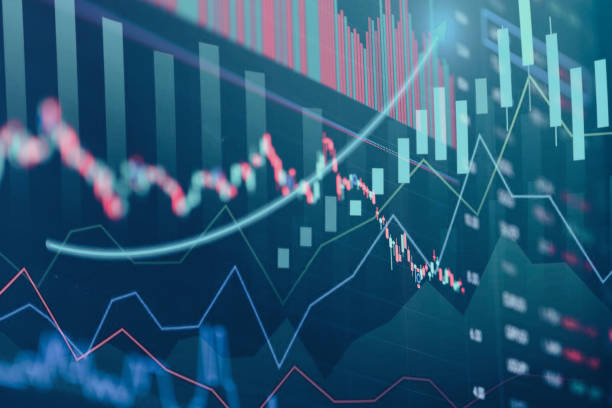Understanding the U.S. Economy in 2025: Trends, Challenges, and Opportunities
The United States economy remains one of the largest and most influential in the world, driving global trade, innovation, and investment.
In 2025, the U.S. economy is experiencing a mix of opportunities and challenges, shaped by technological advancements, global market dynamics, and domestic policies.
Understanding these trends is essential for businesses, investors, and citizens seeking to navigate the economic landscape effectively.
Technological Innovation Driving Growth
One of the most significant factors influencing the U.S. economy is technological innovation.
Industries such as artificial intelligence, renewable energy, biotechnology, and advanced manufacturing are driving growth and creating new employment opportunities.
Companies that adopt cutting-edge technologies are becoming more competitive globally, contributing to increased productivity and economic expansion.
Additionally, digital transformation across sectors, including finance, healthcare, and retail, continues to reshape traditional business models and consumer behavior.
Labor Market Trends and Workforce Challenges
The labor market in the United States has shown resilience despite global uncertainties.
Employment rates have steadily improved, with the service, tech, and healthcare sectors leading job creation.
However, challenges such as wage disparity, skills gaps, and workforce shortages in certain industries remain a concern.
Policies focused on workforce development, education, and vocational training are crucial for ensuring that the labor market can meet the demands of a rapidly evolving economy.
Inflation and Monetary Policy
Inflation and monetary policy remain central to economic stability in the U.S.
Recent years have seen fluctuations in consumer prices, affecting household spending and business planning.
The Federal Reserve has implemented strategic interest rate adjustments and monetary measures to balance economic growth with inflation control.
These policies aim to maintain consumer confidence while supporting sustainable economic expansion.
International Trade and Supply Chains
International trade and global supply chains play a pivotal role in the U.S. economy.
Exports of technology, agricultural products, and industrial goods contribute significantly to GDP growth.
At the same time, global disruptions, such as geopolitical tensions and shifts in trade agreements, can impact supply chains and market stability.
The United States continues to seek strategic trade partnerships and policies that enhance competitiveness while protecting domestic industries.
Housing Market and Real Estate Trends
The housing market and real estate sector are closely tied to the U.S. economic landscape.
Rising interest rates and housing demand influence home prices, construction activity, and consumer investment behavior.
Affordability and accessibility of housing remain critical topics, prompting policy discussions on mortgage support, urban development, and sustainable housing initiatives.
Sustainability and Green Energy
Sustainability and green energy are becoming increasingly important economic drivers.
Investments in renewable energy, electric vehicles, and eco-friendly infrastructure not only support environmental goals but also create new jobs and stimulate economic growth.
Companies and policymakers are working together to ensure that the transition to a greener economy is both efficient and inclusive.
Consumer Behavior and Spending Patterns
Consumer behavior and spending patterns continue to shape the U.S. economy.
E-commerce, digital payments, and subscription-based services are on the rise, reflecting a shift in how Americans purchase goods and access services.
Businesses that adapt to these changes, leveraging technology and consumer insights, are more likely to thrive in the competitive market.
Conclusion
In conclusion, the U.S. economy in 2025 is characterized by innovation, resilience, and adaptation.
While challenges such as inflation, labor shortages, and global uncertainties exist, opportunities in technology, renewable energy, and international trade provide significant potential for growth.
Understanding these economic trends is vital for businesses, investors, and policymakers aiming to make informed decisions and capitalize on the dynamic U.S. market.
By focusing on innovation, sustainability, and workforce development, the United States is poised to maintain its position as a global economic leader well into the future.

